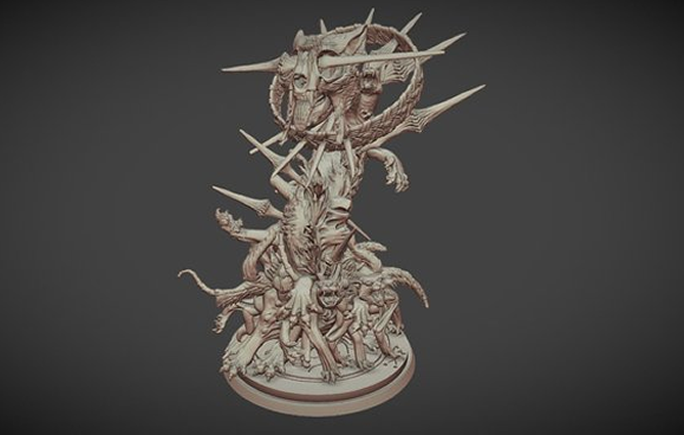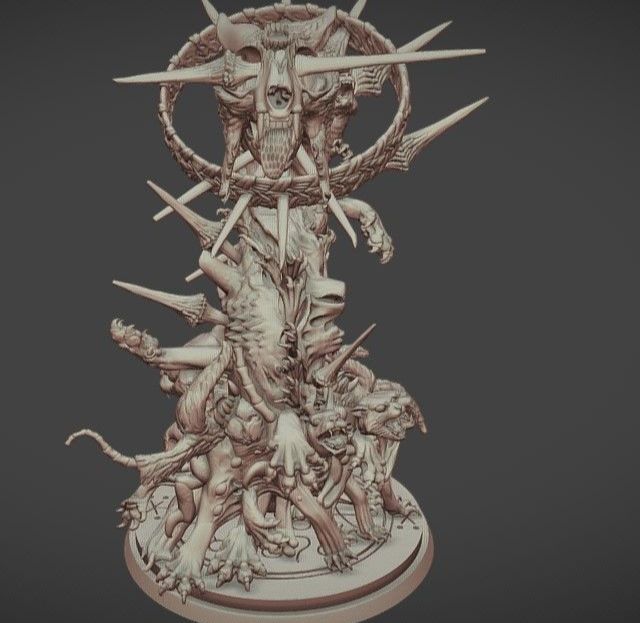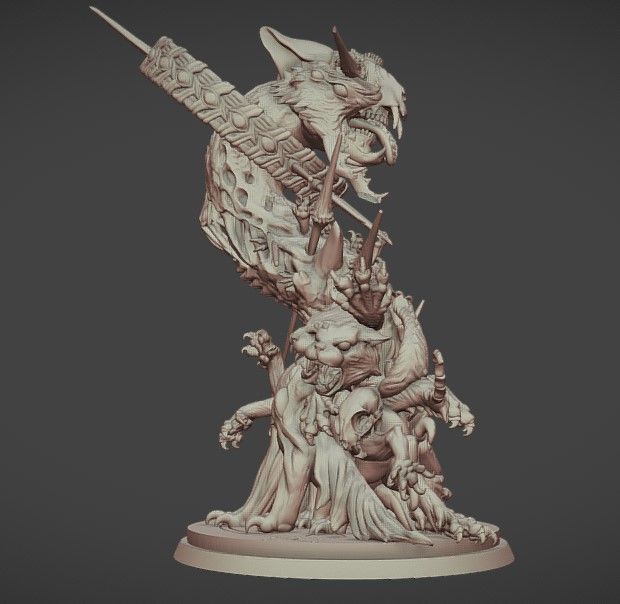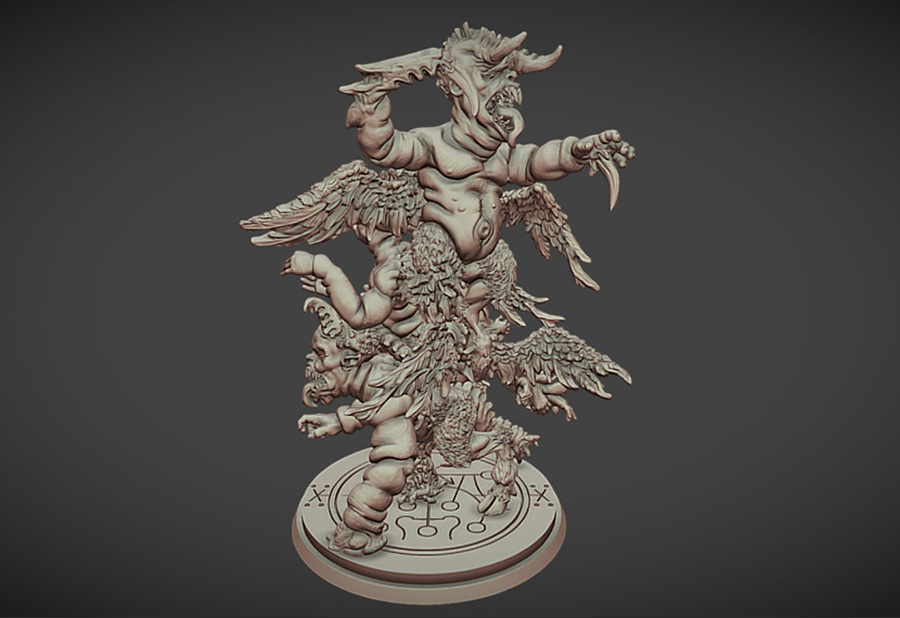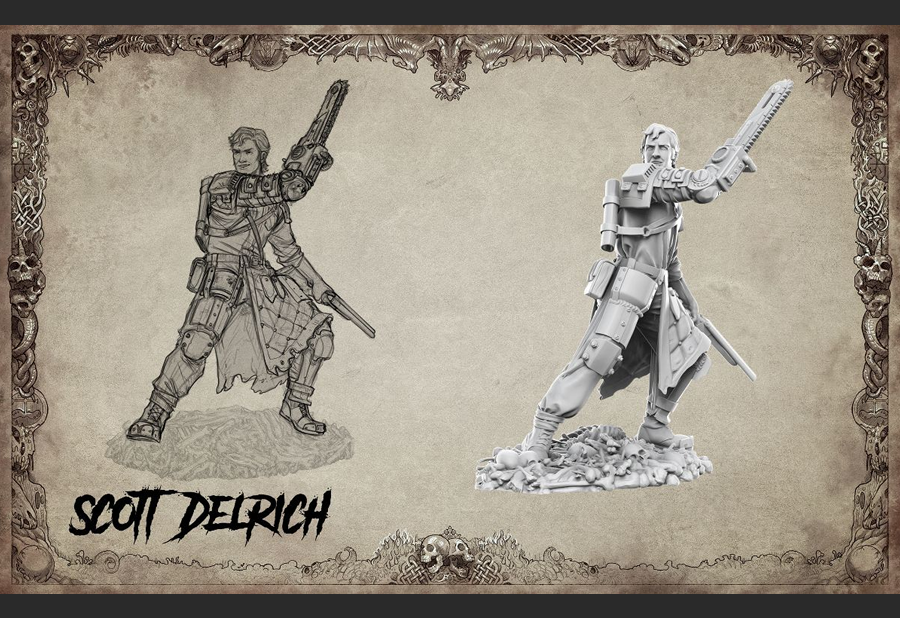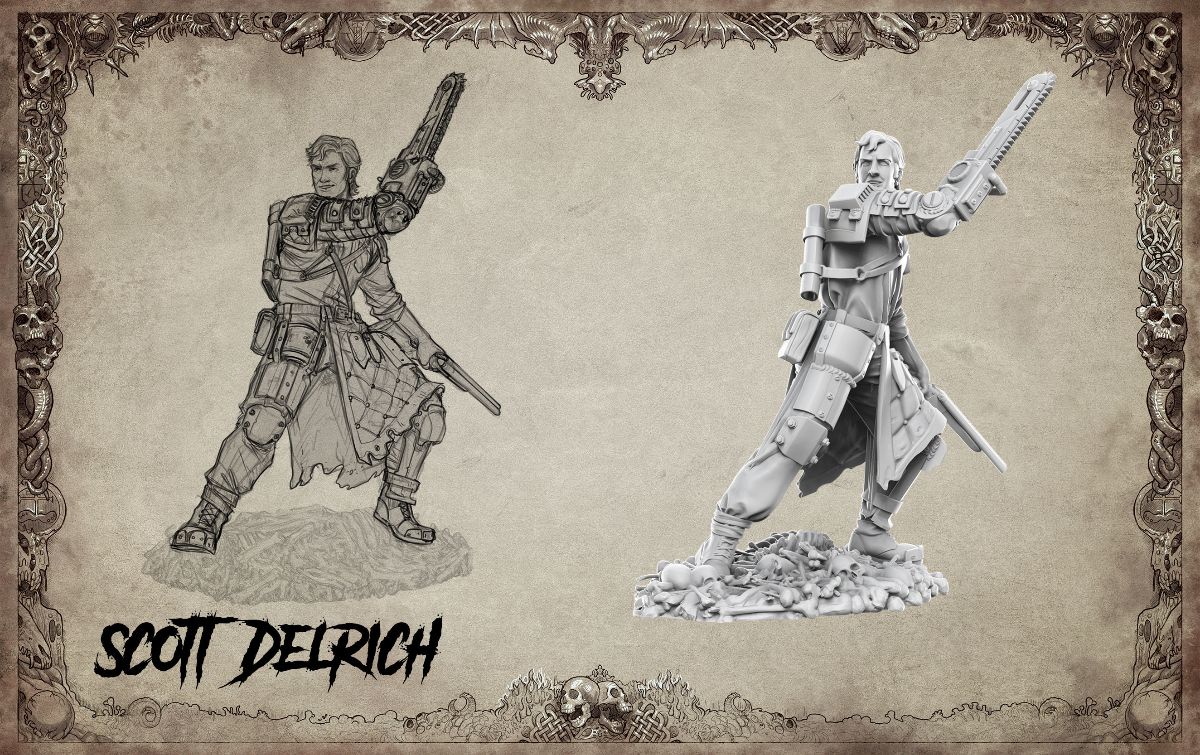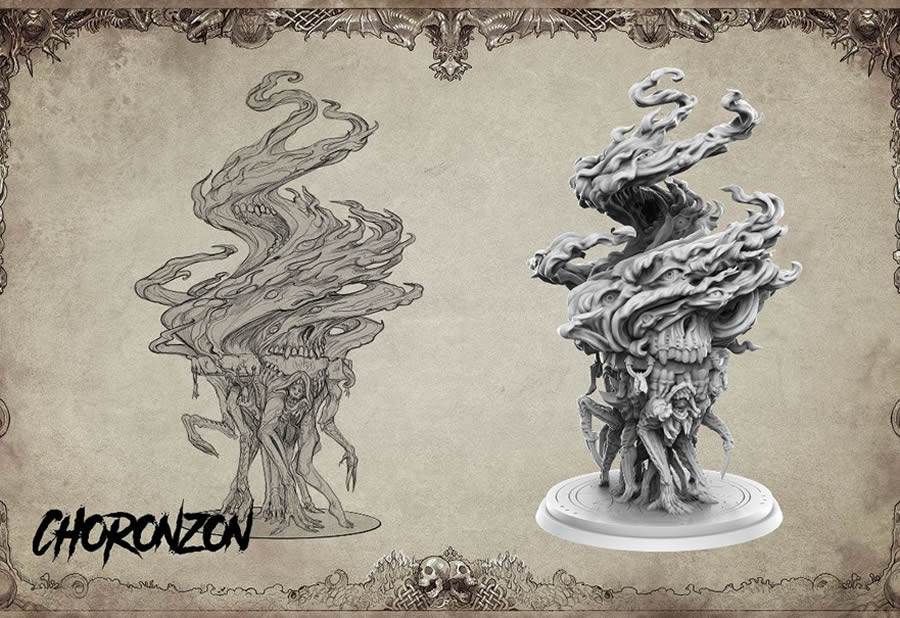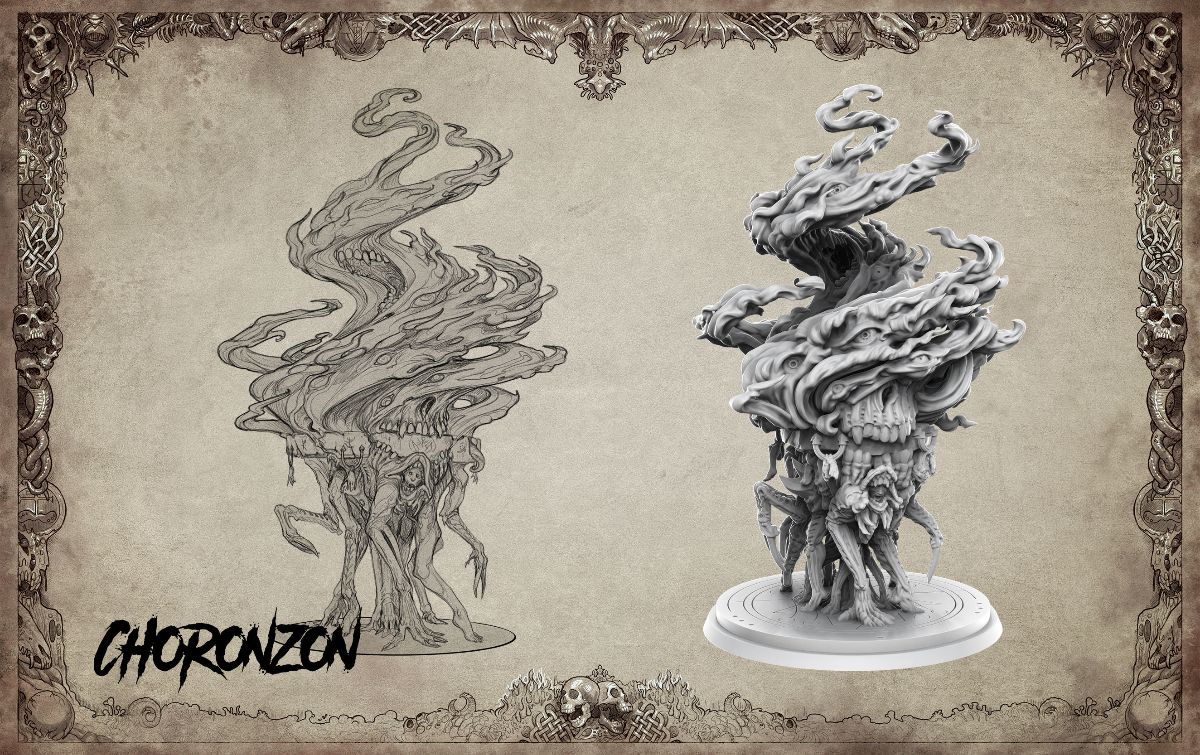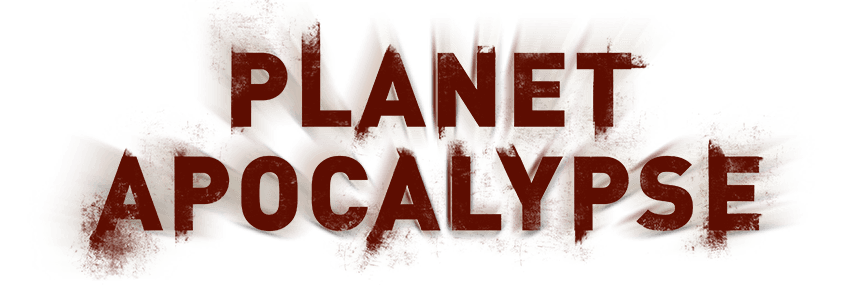
How I Designed Planet Apocalyse
Let’s go through the process I followed in creating Planet Apocalypse!
The Idea
Way back in 2013, when Cthulhu Wars had just funded, I was already planning what my next game might be. I’d learned while working on computer games that games have a certain flow. One of the most famous games I worked on was Doom and MAN it had a killer concept. Demons fighting space marines. I wanted to use that idea in a board game. So, what would this entail?
Well, first off, I decided not to use space marines. I felt that if the demons were actually invading the Earth of today, they would be far scarier. So that gave me the setting. Hell, versus modern people.
Next, I decided the game should be co-op, with everyone playing humans. This is because I wanted truly scary demons, and if they are the only enemies, I can have them be as gross and unbalanced and terrifyingly powerful as I like. They are after all just a challenge for the players, and bigger and bigger challenges lay ahead.
Third, I wanted the players to be individual people, leading squads of soldiers. This way I could mix up the gameplay because each hero would get his or her own quirks, bonuses, and tricks.
Early Design
One of the things I often do when creating a new game is to write the rules first! I know this sounds backward, but for me, at least, it helps understand a lot of details about the game. Early in the rulebook is a list of components, so I make a first stab at components. What does the game need, physically? Well, Planet Apocalypse needed a game board. It needed figures for the heroes and the demons. And what should the demons be? I thought “Doom has a hierarchy, and so does Hell,” so I sorted the demons into first circle, second circle, and so forth. I figured the lowest order demons would be easy to beat, but they would be the most numerous.
I tried to come up with a turn structure. Obviously, the players would take their turns, and then the enemies would have a turn. But how would the enemies be controlled on their turn? Well, before making any real headway on Planet Apocalypse I took about a two-year break and created the game Orcs Must Die! (tabletop version), based off a computer game that was part tower defense, part battle. I felt I did a good job on my tabletop rendition, but also thought I could improve on it. So, I applied the tower defense concept to Planet Apocalypse. Now I knew what the enemies would do in-game – advance inexorably down the map.
By mixing up the enemies, the players would be forced to move around the map, dropping off ambushes (which were the “towers”) and taking out particularly dangerous enemies. Plus, they could only recruit new troopers in the start area, which basically forced the players to move back and forth across the map in a general flow.
One of my ideas early on was to add what I called 4th circle demons, which would be uniquely powerful. I made these mini-bosses, who basically changed the entire map by somehow affecting everything. Thus, when a 4th circle demon appeared, the players would focus their attention on it – either trying to kill it as fast as possible or seeking to avoid it. Either way, they were game changers.
So now I had a working game of sorts. Time to create it, so I built a prototype copy with figures from other games, sleeved cards, and maps cobbled together from bits of boxes. I used the color-coded knights from Shadows Over Camelot for my heroes, and Cthulhu Wars critters for the demons. One thing this taught me is that I wanted the different categories of demons to be different colors, so they are identifiable at-a-glance. I also learned that I wanted each different type of dice to be a different color because for an unknown reason some players can’t tell the difference between a D8 and a D10 without picking it up and inspecting it closely. But if the D8s are green, and the D10s blue, there’s no issue.
Advanced Design
I needed an artistic vision. I got in touch with Keith Thompson, who’d worked in film (and still does), also done game art, and had a really interesting style. I flew Keith out to my house, and we met for a weekend together. I made it clear the game look and feel was to be HIS vision, and I just explained what the world was supposed to be like. Keith “got it” and created a look and feel which is unique, distinctive, creepy, and arcanely medieval. Everyone has strong opinions about the art – usually something along the lines of “These are great! But I don’t want my kids to see them; they’ll get nightmares.”
I also needed to start padding out the world. I started working on new maps, new Demon Lords, new 4th circle demons, new types of troops. I had the idea that each map could happen in specific regions of the world – so if you wanted you could play with United Kingdom troopers, or with French, or Russian, depending on where you decided to set the map. This can lead to some odd match-ups, for example if you are playing on the “Washington D.C.” map with German soldiers, but whatever. Maybe the Germans sent a strike force coming to save us Americans.
I also wanted the heroes to advance in power during the game, so I created advancement charts. I had the idea for every hero’s advancement chart to differ from every other hero, and of course this was a nightmare to design and balance. But, also a joy. I’ve gotten a lot of positive feedback from the game’s advancement system.
Padding out the game, now that the rules were mostly done, took quite a bit of time. At this point the game was actively in playtest, and playing the game about three times a week, with three different groups. So, I spent a lot of time balancing the heroes, the gift cards, and the troopers. All needed for game polish.
Final Playtesting
The rules, heroes, demons, and other parts were all written up. I go into “final playtesting” when I think these main game parts are done, and then of course as I playtest I keep making more and more changes. So, three times a week, in the evening, I kept playing this game. It became grueling for me over time, but of course each individual gaming group only had to work once a week, so it was fun for them!
I’d watch the games, go home and make changes, print out the changes, modify my prototype, then try it again next week. This kept on going for months.
Eventually I managed to get through several playtests in a row without making any changes at all. This is when I pulled the trigger.
The game was now in final playtesting, and I didn’t need to spend quite as much creative time on it (still a lot of actual time, since it was half of my evenings), I started work on a new game – Hyperspace, which will no doubt grace the pages of this magazine some day soon.
Production
The designer is heavily involved for most of the game process, but eventually it gets handed over to artists, graphic designers, and production managers, and then you are merely on call for occasional questions (“How big is this token supposed to be? Must the map be two-sided? What color is a byakhee?”). For that matter, even during final playtest your creative involvement is limited, and all you do is make sure that game errors and imbalances are caught. Realistically, this means as a designer you can start designing your next game long before the previous one is done.
I went to my production manager, Arthur, and let him know that IMO Planet Apocalypse was as done as it was ever going to be. Time to make it happen, but most of my job as a designer was done. Though the production part of the game is HUGE, involving far more people than any previous stage, it is largely out of my hands at that point. Once the layout was done, and everything set up, we launched the Kickstarter campaign. But by that time, I’d been done with Planet Apocalypse for almost two months.
I had already started moving on to my next game during Final Playtest, and now during Production I ramped the Hyperspace design schedule up to the Advanced Design stage.

